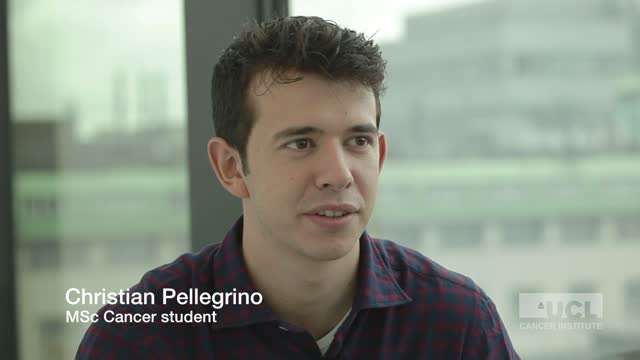

The next iteration was released in 2004 and called EyeTV 200. A 2002 article in Macworld said it was the "first step" in bridging computers and television, but at this point still had "some kinks". It also had coaxial and RCA plugs to connect it with a VCR or camcorder. It was a small USB-powered device that contained a cable tuner and hardware encoder in order to convert television video into an MPEG-1 format for watching on a computer. The first EyeTV hardware device was introduced in November 2002. With this method only the changed shots need go back and forth and the Resolve Colourist can start work on the online footage quiet early in the process.The first EyeTV model, introduced in 2002. Changes become easy as I can round trip a timeline with just the new / changed clips.
MEDIACENTRAL 2.4 OFFLINE
Then I drag the MC effects from the original MC offline up onto the Online Resolve Media timeline. Then I can add a video track to the offline cut and edit the Resolve online AFF on to it. Here I can see it is correct if the Resolve online timeline lines up with the MC no effects timeline. If I have any doubts I can export this timeline at desired online resolution and AAF it back to MC. Resolve populates the timeline from the original media. Import this into Resolve in timeline setup to be online format.

When the offline is locked I duplicate the timeline, remove all effects and export a link to media AAF. Each string-outs media is in its own bin. The bin fills all the proxy media clips from that timeline and an Avid timeline I can use the all of the media string-outs for my sources for the offline. I open a new bin and copy the Resolve AAF from the Avid Media folder into it. In MC I open a project setup for the proxy media format. This means that with any backward and forward between the two systems Resolve links to the original camera media. This give me Avid media in an Avid folder with a valid Avid media database.īe aware nothing you do in Resolve touches the original media. I use a new number folder in my Avid MediaFiles folder as the destination for each String-out media timelines. I start all projects in Resolve as it can create media string-out timelines, I take those individual string-out timeline to Resolves colour space and use Resolve's colour management transform each each timelines Camera footage to Rec 709 then Deliver each timeline as an individual clips AAF to MC in whatever resolution and format I want for off-lining in MC. I was thinking of just conforming the clips used to "new masters" in resolve to use in the conform in avid but none of it is as clean or tidy as I would like it.I approach it a little differently. Any help or advice is always appreciated.

I was trying to see if there was any differences between linkable and un-linkable somewhere but nothing obvious jumps out.Ĭurrently the workflow is to eyematch the offline clip, link in high res in Resolve, consolidate to new media, link in Avid but this is not optimal. If the same clips are brought into Resolve it can link to them all without issue. The infuriating thing about it (except everything!) is sometimes clips from the same camera\card will have both linkable clips and un-linkable clips. When trying to link a lot of the time the source browser will say "Can't be Linked" in the Plug-In column.
MEDIACENTRAL 2.4 MAC
I have tried multiple version of Blackmagic RAW (1.6,1.6.1, 2.0, 2.3, 2.4) and a few different versions of media composer 2018.12.15, 2020.4, 2021.12 on windows and today on MAC using version 2021.12 How are people using this? We have TBs of BRAW material whether it links or not seems to be totally random.


 0 kommentar(er)
0 kommentar(er)
